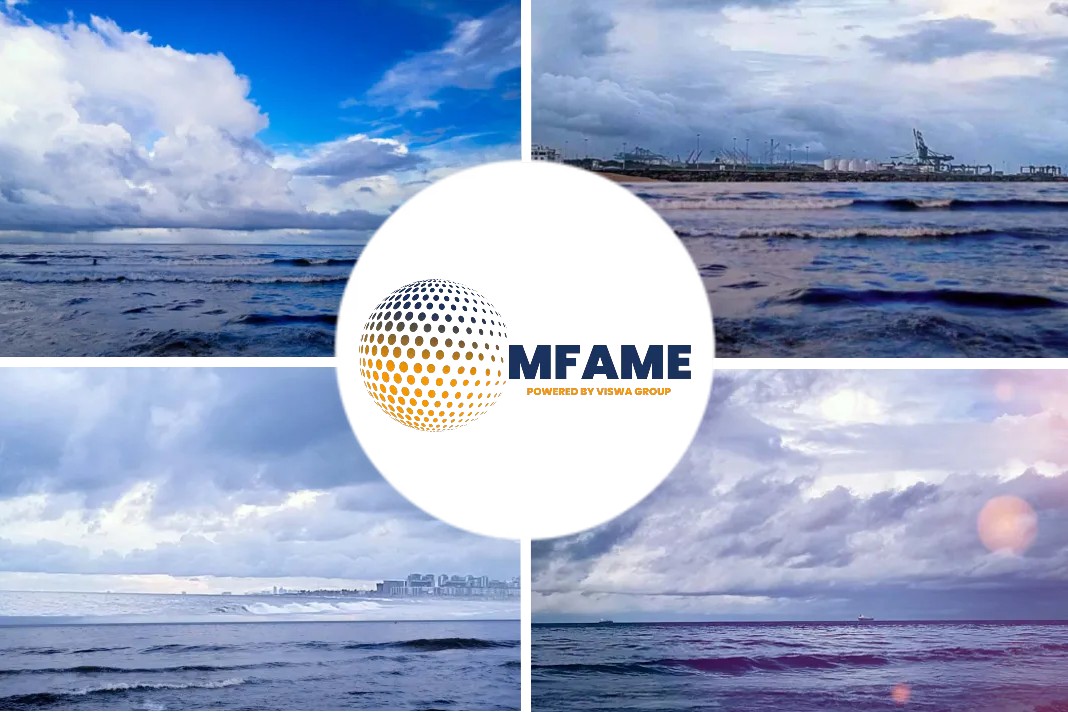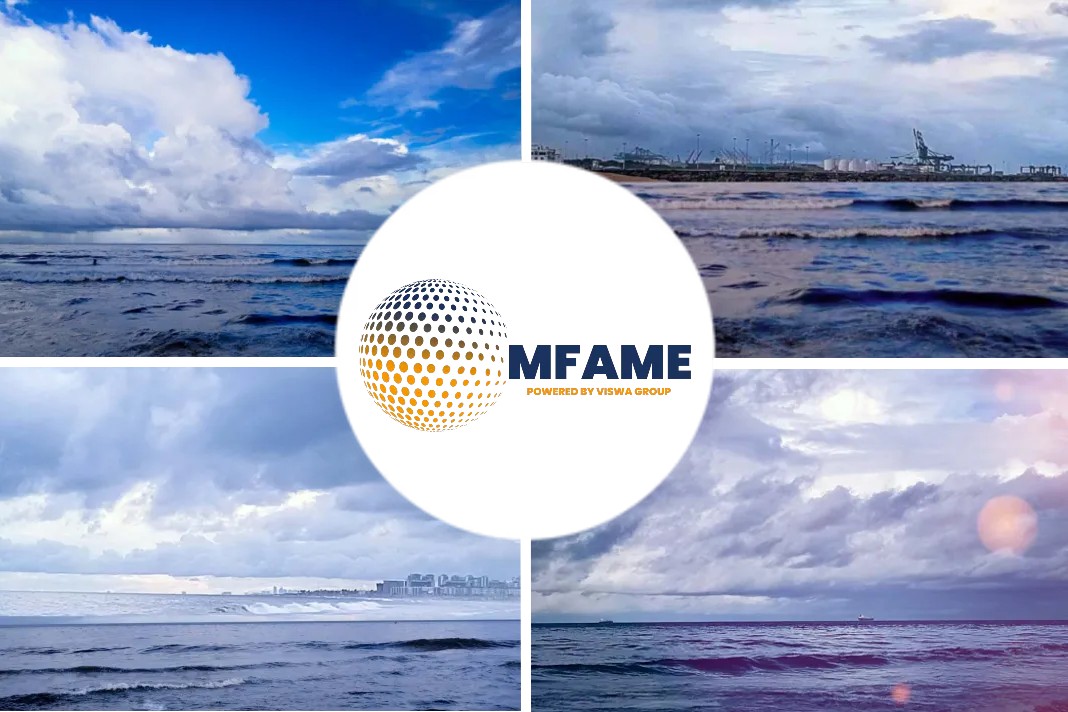 Fossil fuels provide society in general, as well as shipping, with a high-density and low-cost energy source that is comparatively easy to store, handle and transport. We have had decades to optimise the design, maintenance and operation of the shipping system to suit the fossil ‘paradigm’.
Fossil fuels provide society in general, as well as shipping, with a high-density and low-cost energy source that is comparatively easy to store, handle and transport. We have had decades to optimise the design, maintenance and operation of the shipping system to suit the fossil ‘paradigm’.
But the world is changing. It is, therefore, unsurprising that when looking for a non-fossil, zero-emission and sustainable energy source, as we must urgently now do, it’s difficult to see an obvious ‘silver bullet’, says in report published on Lloyd’s Register (LR).
Where are we now and where do we need to be?
In its Third GHG Study1, published in 2014, the IMO estimated that shipping accounted for 2.33% of global CO2 emissions between 2007 and 2012, and they forecast that this will grow between 50% and 250% under a business-as-usual scenario.
Under the Paris Agreement, nations have committed to keeping the global mean temperature increase to well below 2°C of pre-industrial levels by 2100, while aiming for 1.5°C. Extending shipping’s current emissions contribution into a future 2°C scenario gives us an initial estimate of a shipping CO2 budget of 33Gt over the time period from 2011 to 2050. This is significantly reduced to 18Gt under the 1.5°C ambition.
As demand for shipping continues to grow, another way of looking at this is the reduction in carbon intensity–the carbon emissions relative to the transport demand. Under the 2°C scenario, this is a reduction of between 60% and 90%, depending on ship type.
In our previous report, Low Carbon Pathways 2050, we showed that, as a sector, to achieve an absolute reduction in CO2 emissions of 50% by 2050 consistent with a 2°C pathway, ZEVs need to be entering service by 2030. These vessels, with operational emissions containing zero or negligible GHGs, would need to represent a significant proportion of newbuilds from this point onwards.
Seven technology options for ZEVs
Seven technologies are selected on the basis that they can feasibly replace a conventional ship’s propulsion requirements without major alterations to voyage times, routes or cargo-carrying arrangements. 
Crucially, they can also be considered as genuine ZEVs, since they all produce zero or negligible GHG emissions under continuous operation. The exception to this is sustainable biofuel, which does produce GHG emissions in combustion, but is included here under the assumption that these are net-zero over a lifecycle.
5 different ships types
We have applied this approach to five different ship types and sizes for seven different combinations of zero-emission technology, as shown.
How do ZEV options compete with one another?
Biofuel is the most profitable zero-emission solution, followed by ammonia and hydrogen (synthetic fuels) with internal combustion machinery. Hybrid and electric solutions, which require large quantities of batteries at high capital cost, are the least competitive.
Biofuel is always the most profitable option in all scenarios, closely followed by ammonia internal combustion machinery. The most significant gap is between Green Ammonia and the other two scenarios Green Electricity and Green Hydrogen. This is because biofuel generally requires no significant extra capital cost when using conventional ship machinery and storage; and the capital costs of the other six options are not sufficiently balanced by higher through-life efficiencies or lower fuel/carbon costs.
The ammonia internal combustion vessel is the second best option in all cases. The ammonia fuel cell and hydrogen fuel cell vessels are very close to each other, regardless of the scenario. Ammonia fuel cell vessels can sometimes be very competitive; hydrogen fuel cell vessels are generally less so.
Hybrid hydrogen vessels are almost always the second least-profitable option. The electric vessel is the least profitable in all scenarios, and for all the ship types and sizes considered here.
Summary
- IMO estimated that shipping accounted for 2.33% of global CO2 emissions between 2007 and 2012, and they forecast that this will grow between 50% and 250% under a business-as-usual scenario.
- Low Carbon Pathways 2050, achieve an absolute reduction in CO2 emissions of 50% by 2050 consistent with a 2°C pathway, ZEVs need to be entering service by 2030.
- Seven technologies are selected on the basis that they can feasibly replace a conventional ship’s propulsion.
- Biofuel is always the most profitable option in all scenarios, closely followed by ammonia internal combustion machinery.
Did you subscribe to our daily newsletter
It’s Free! Click here to subscribe!
Source: Lloyd’s Register





















